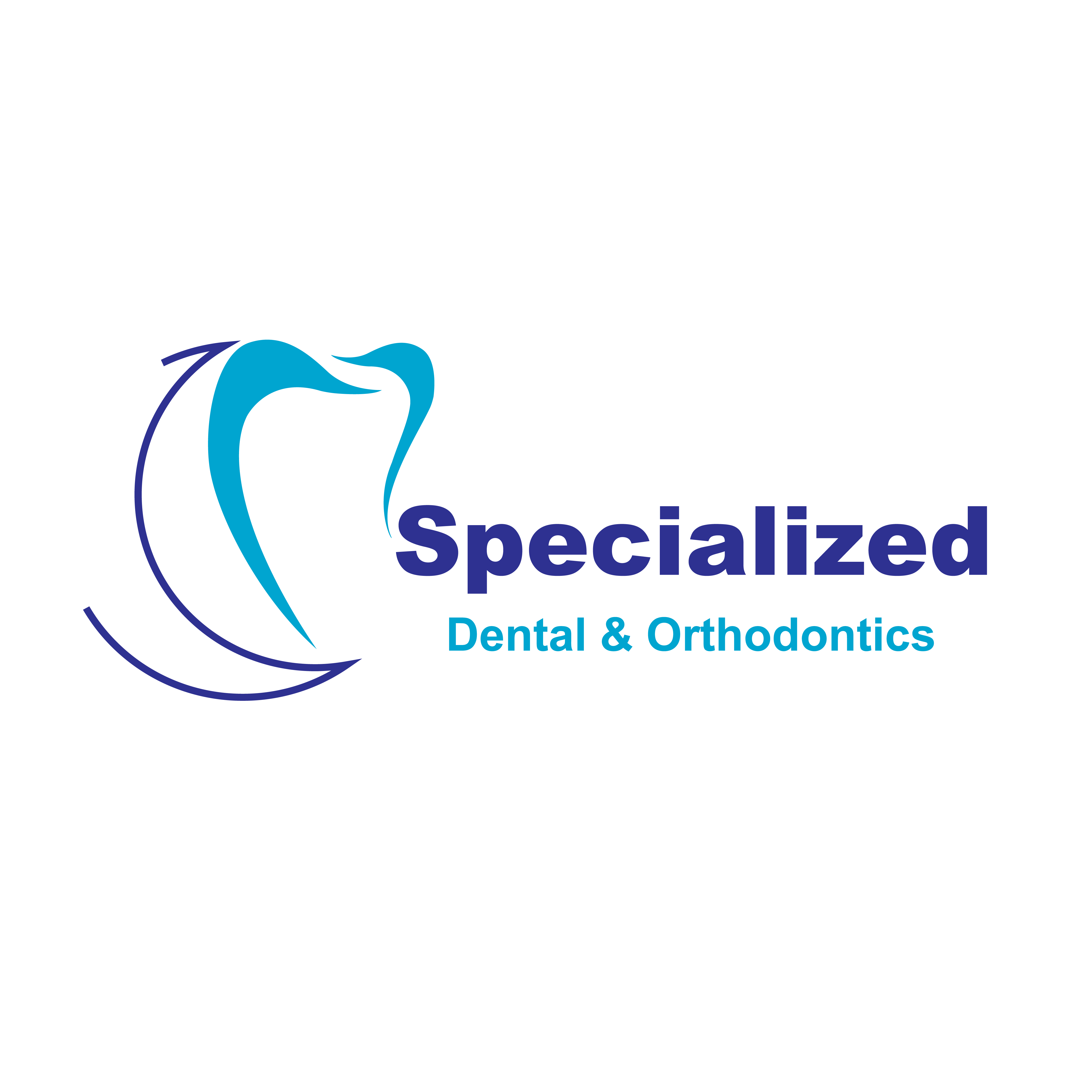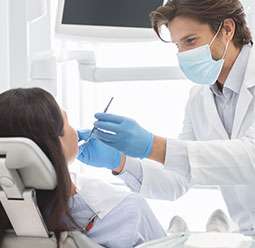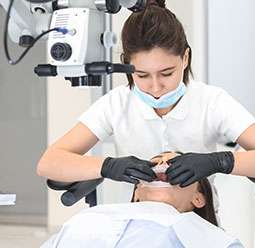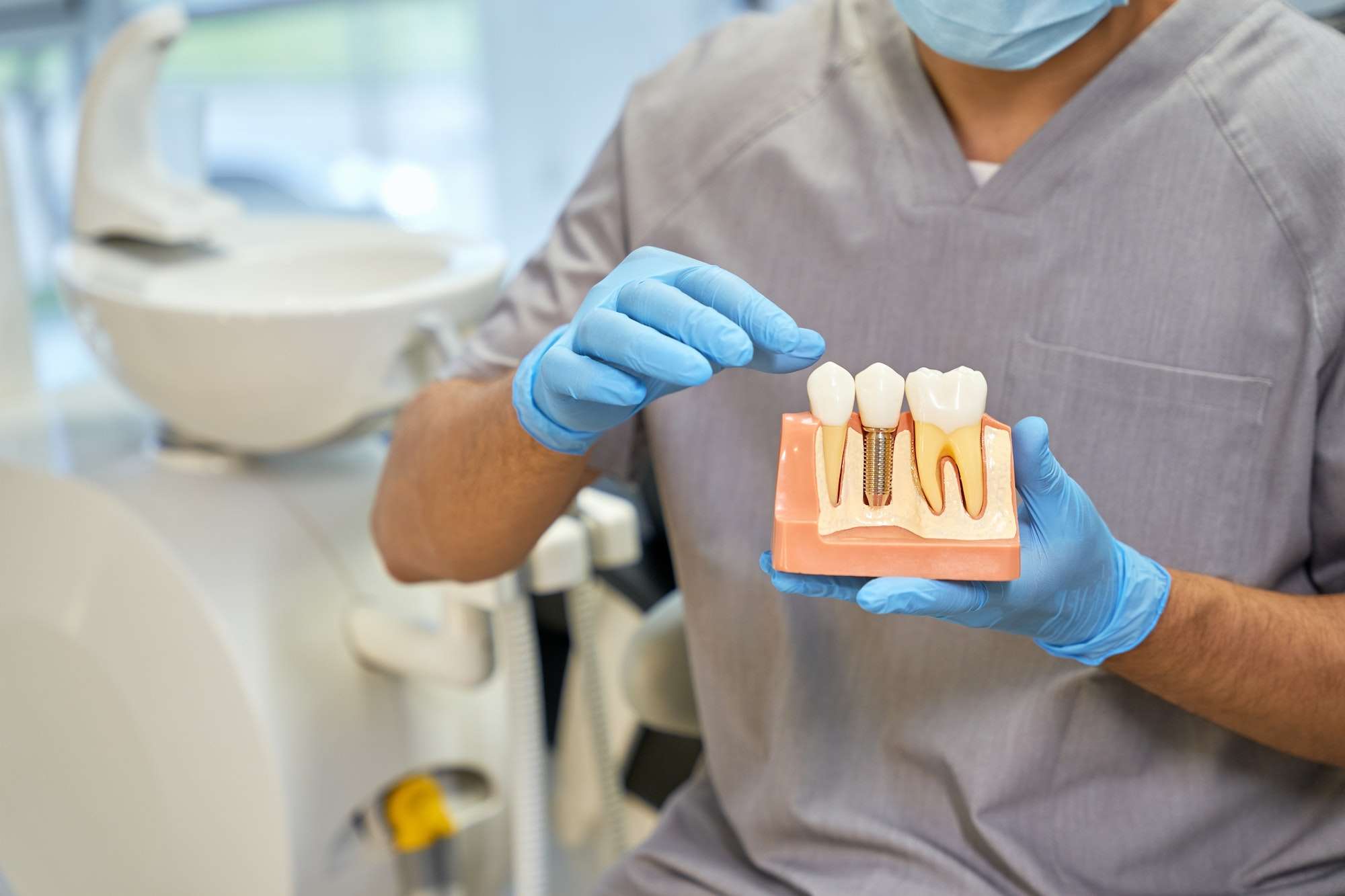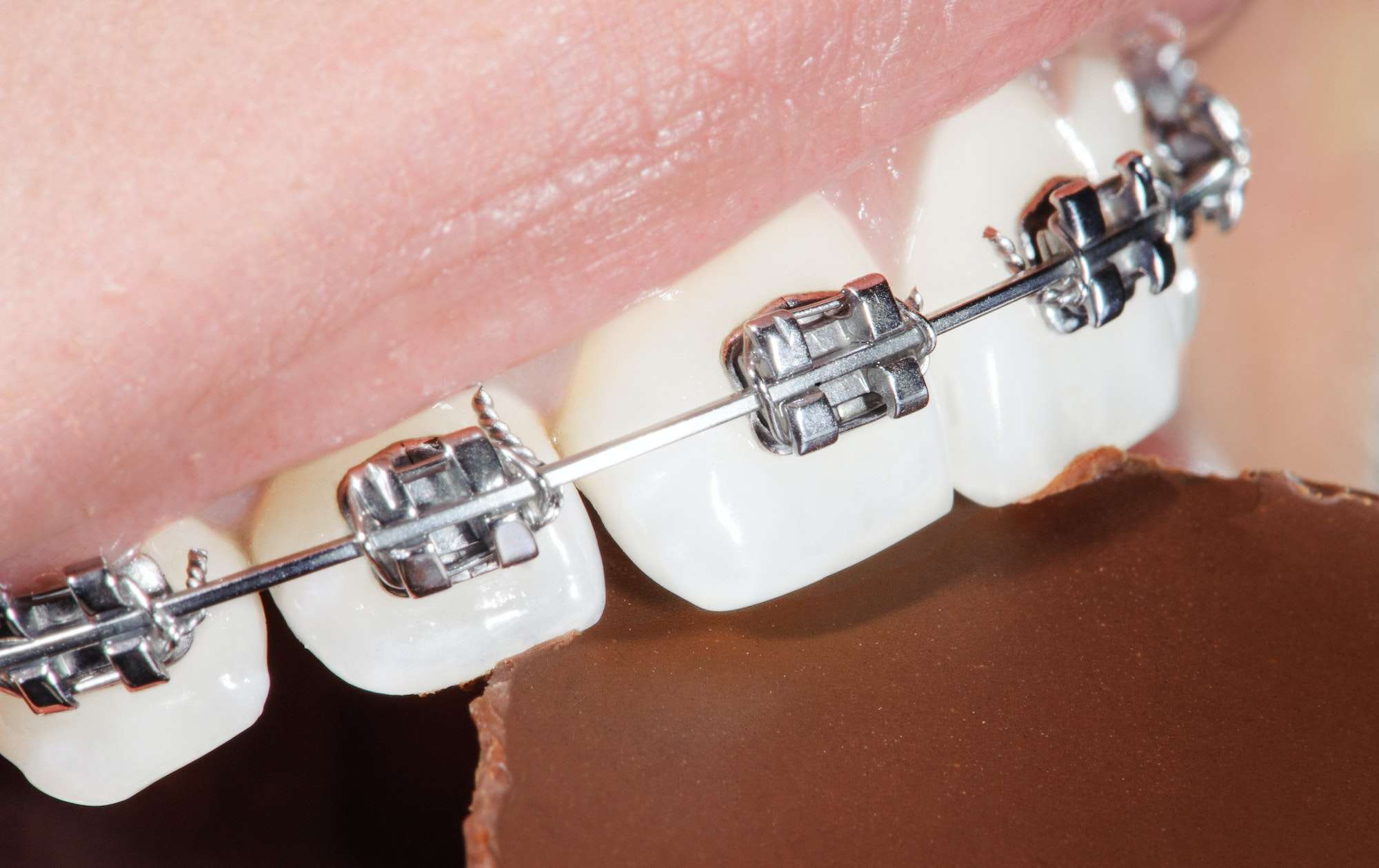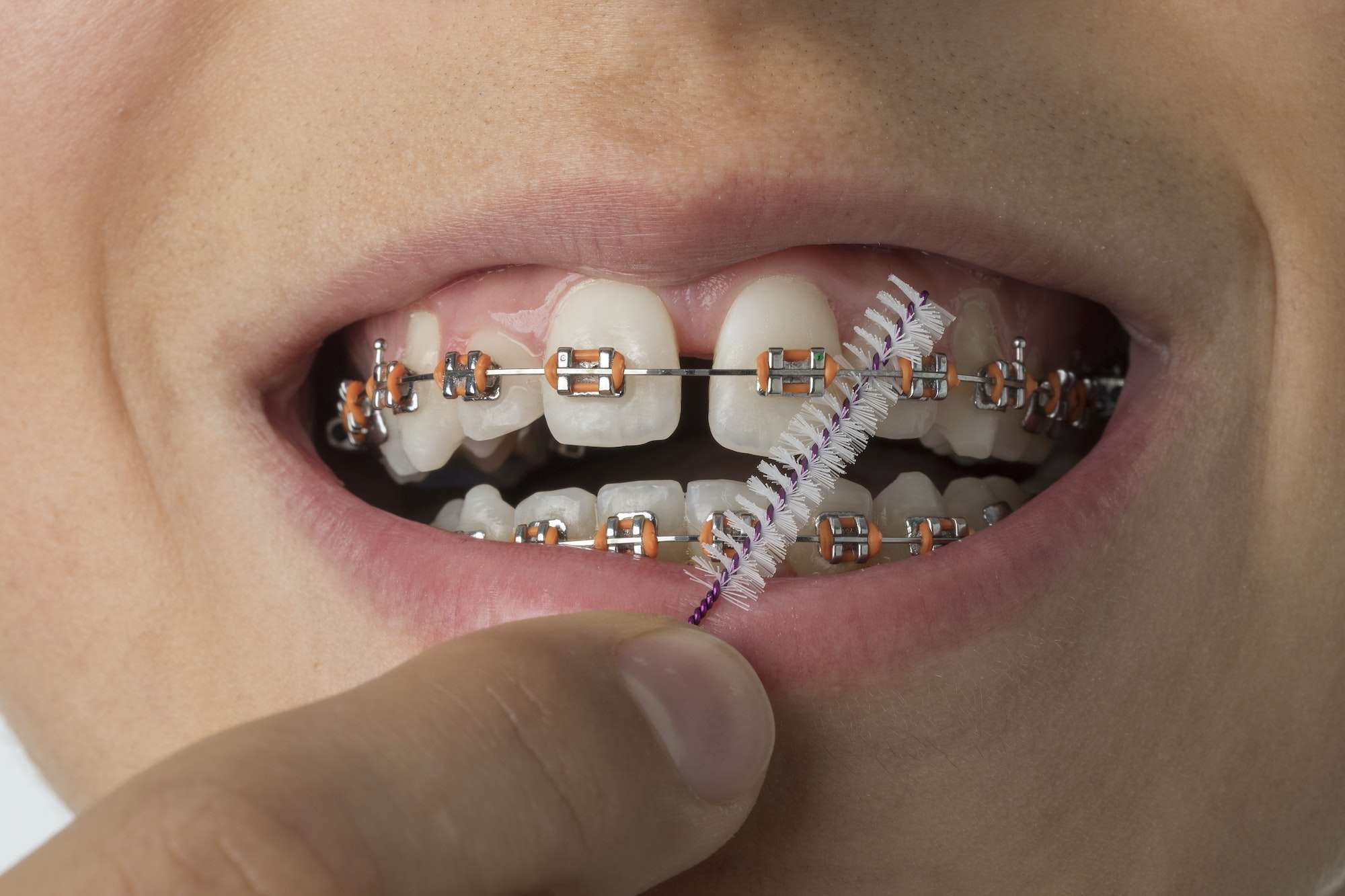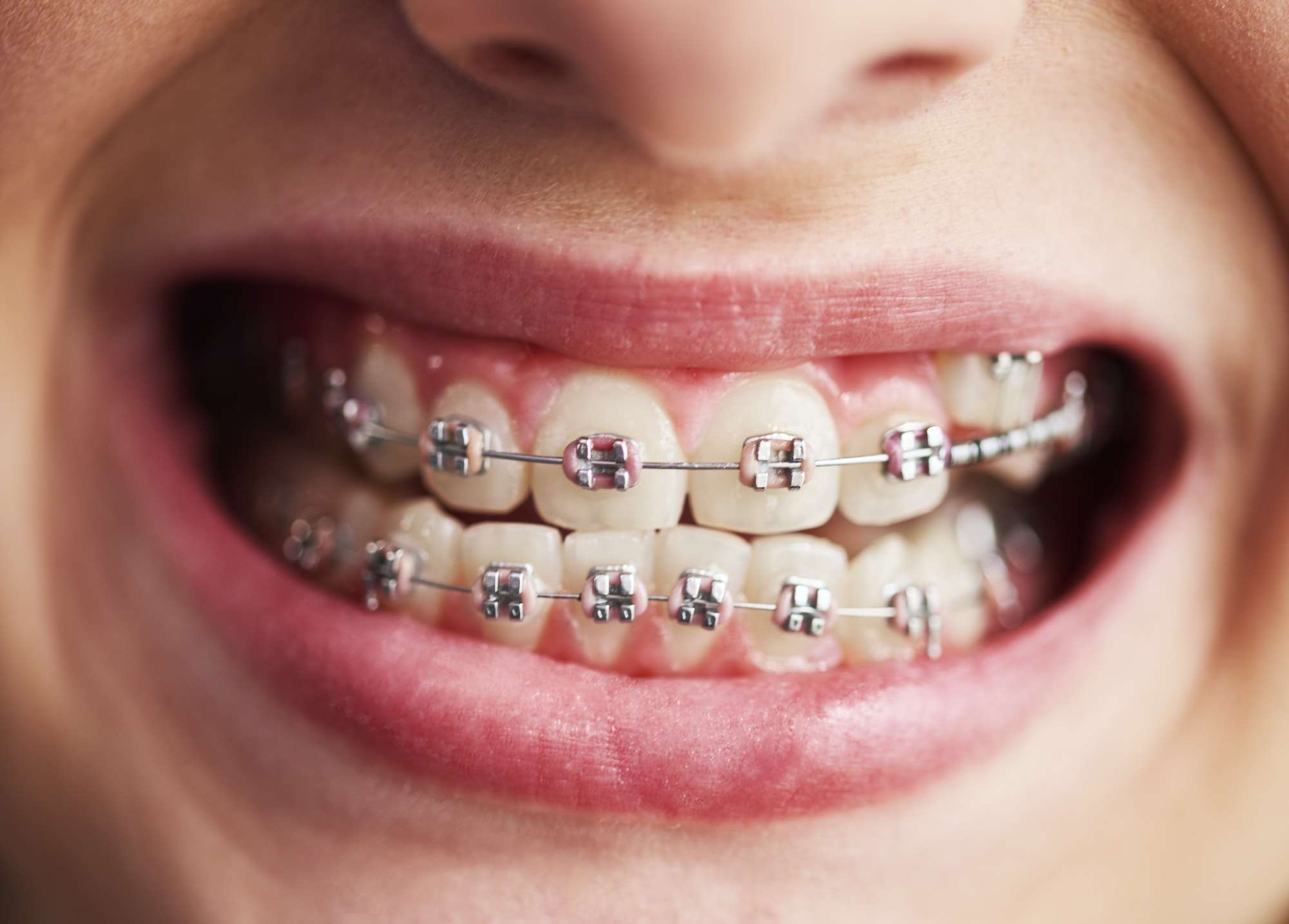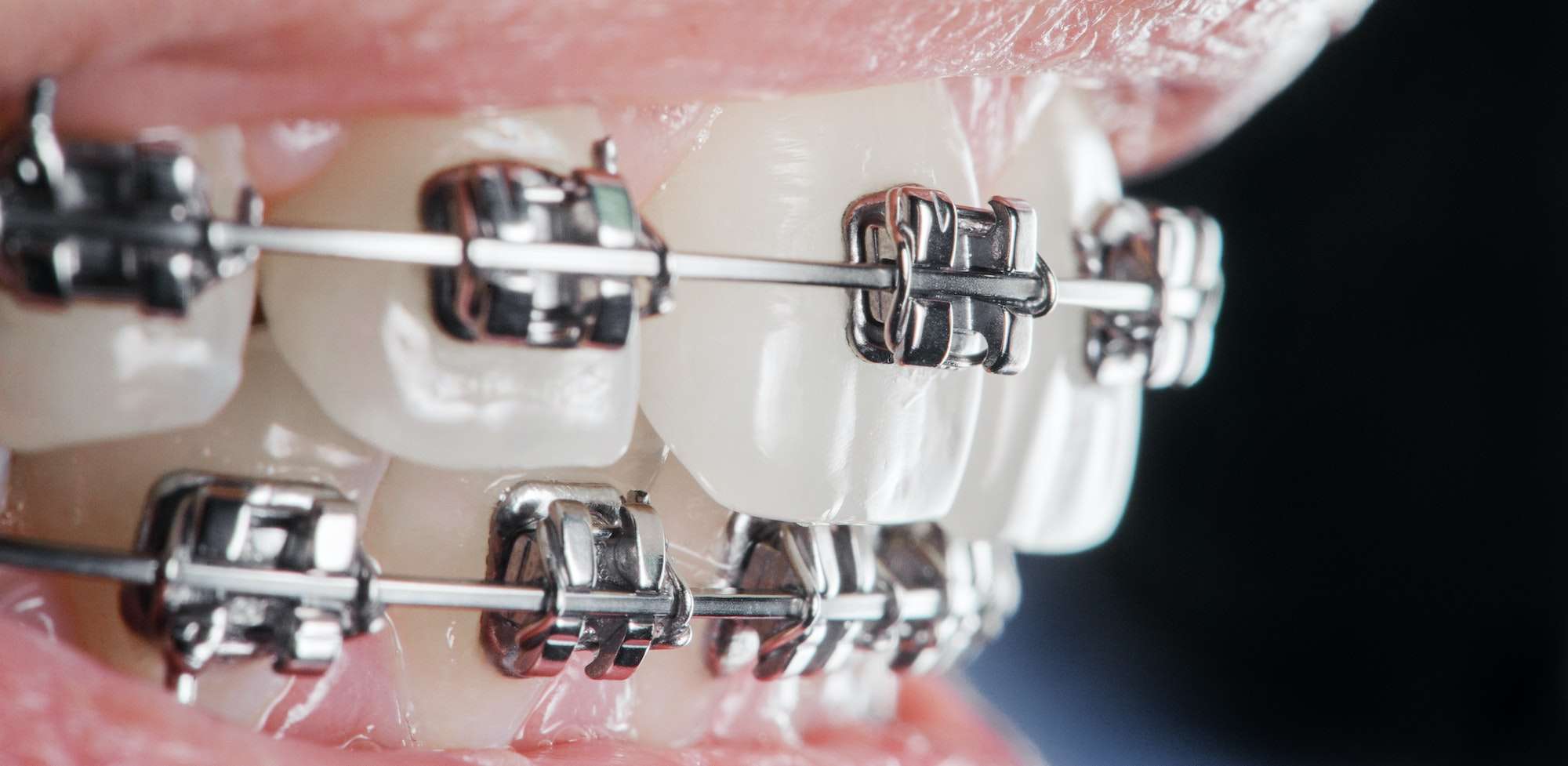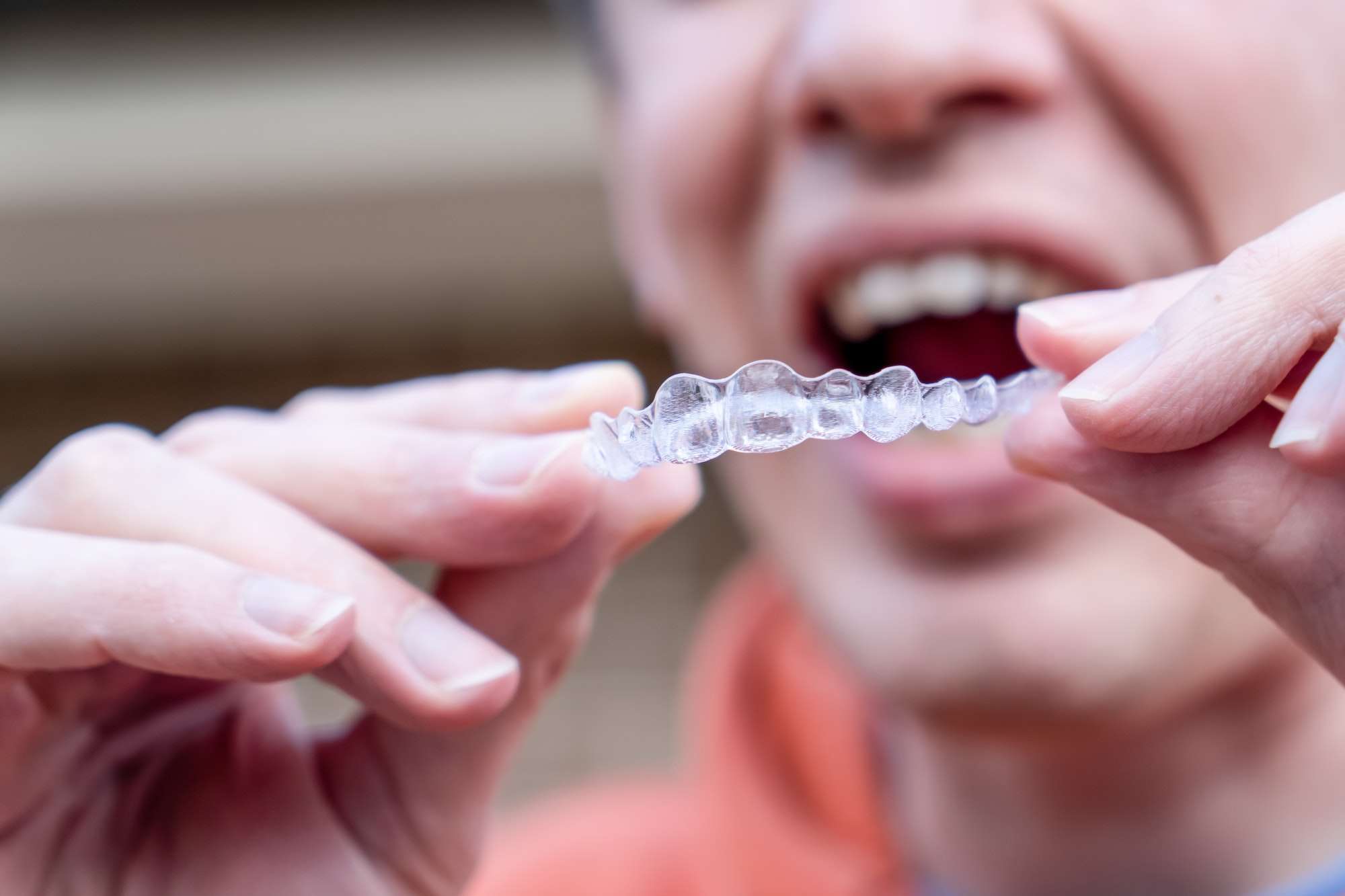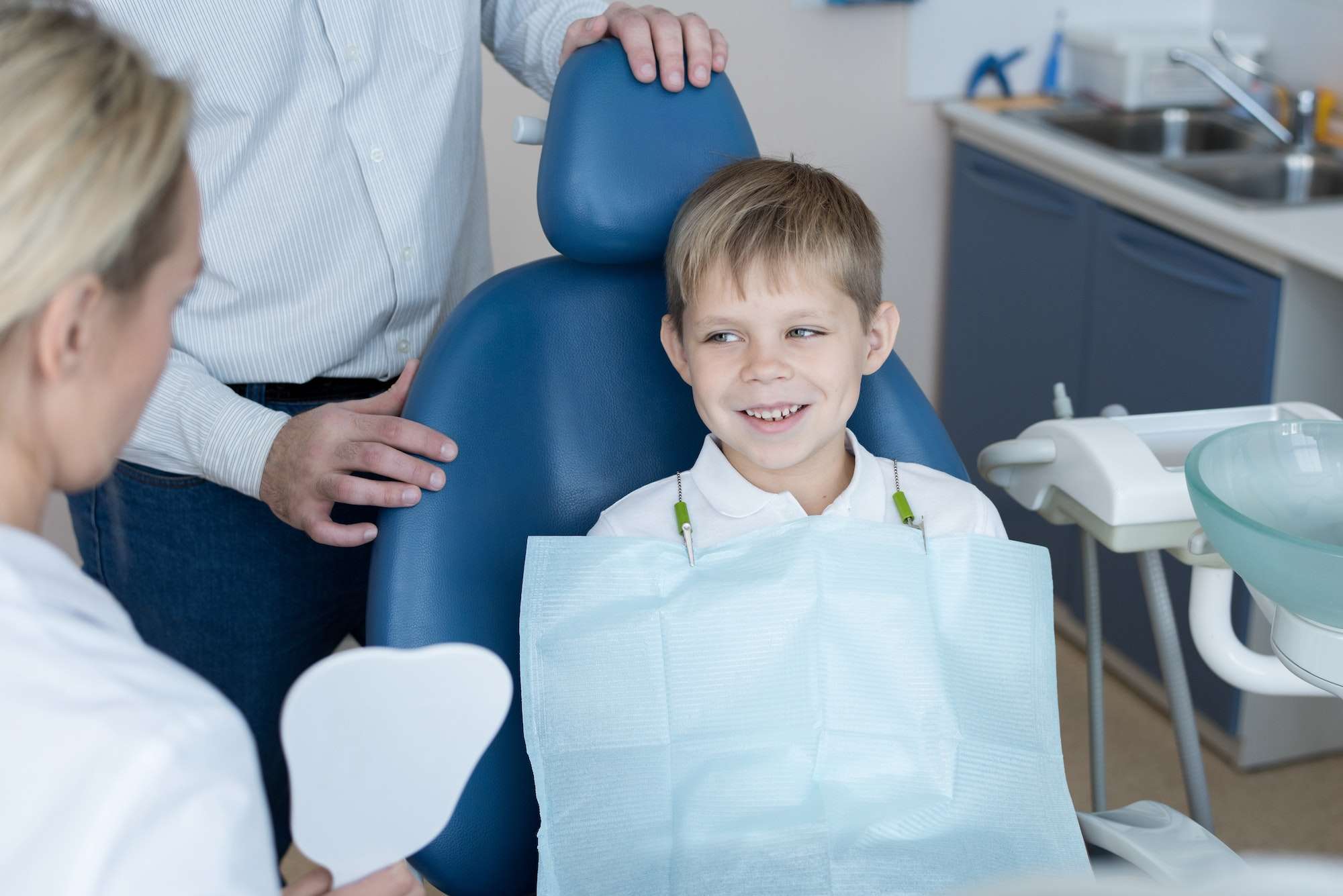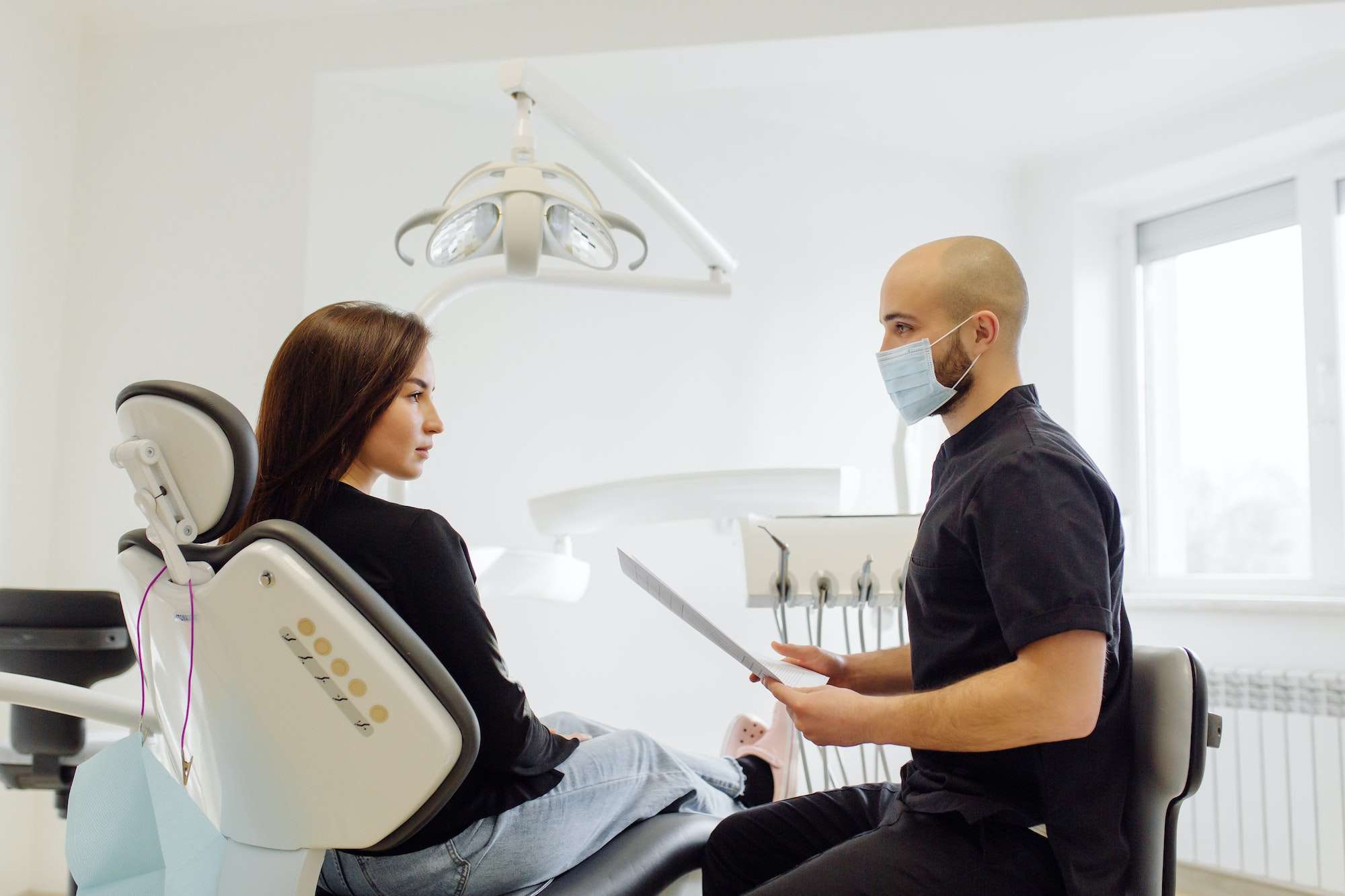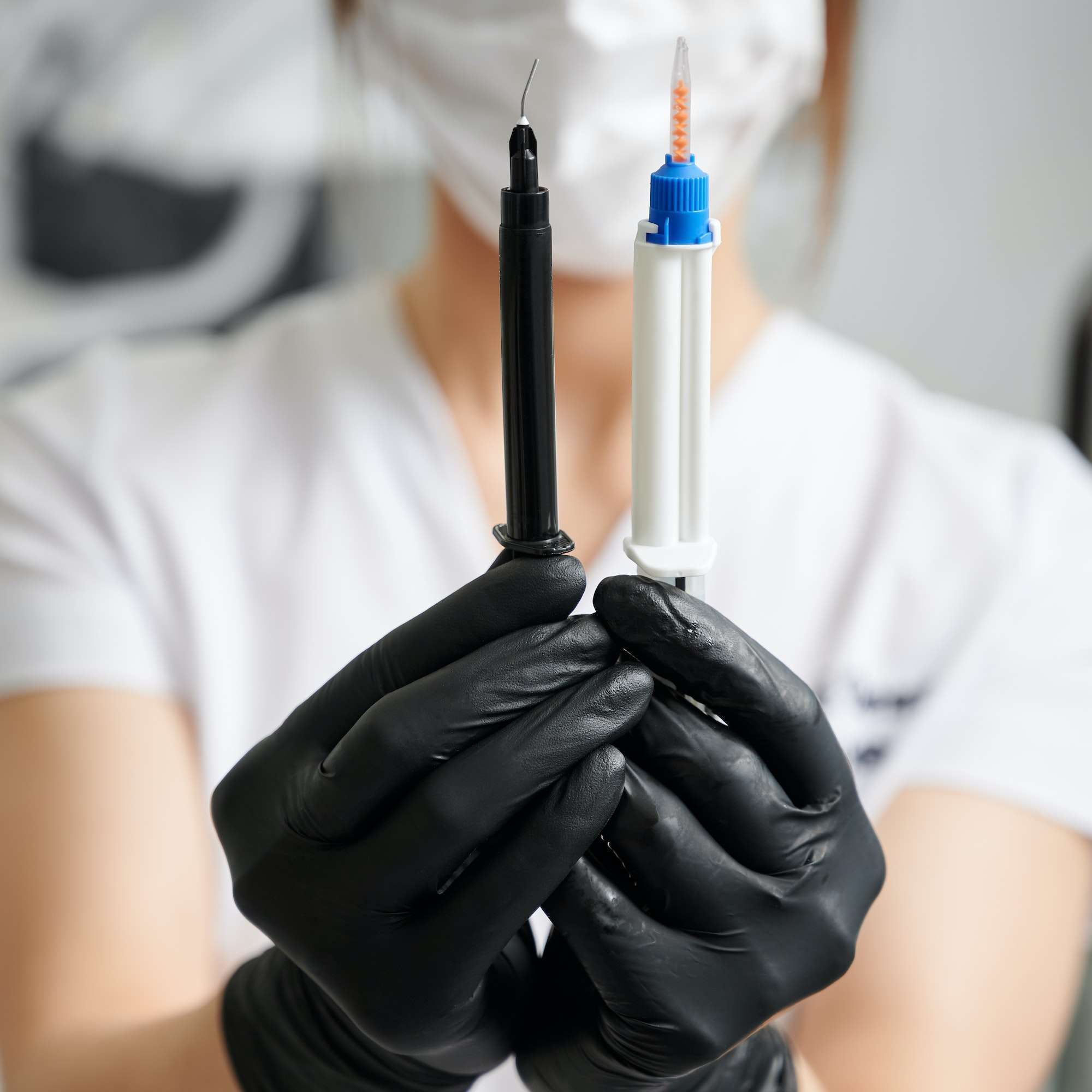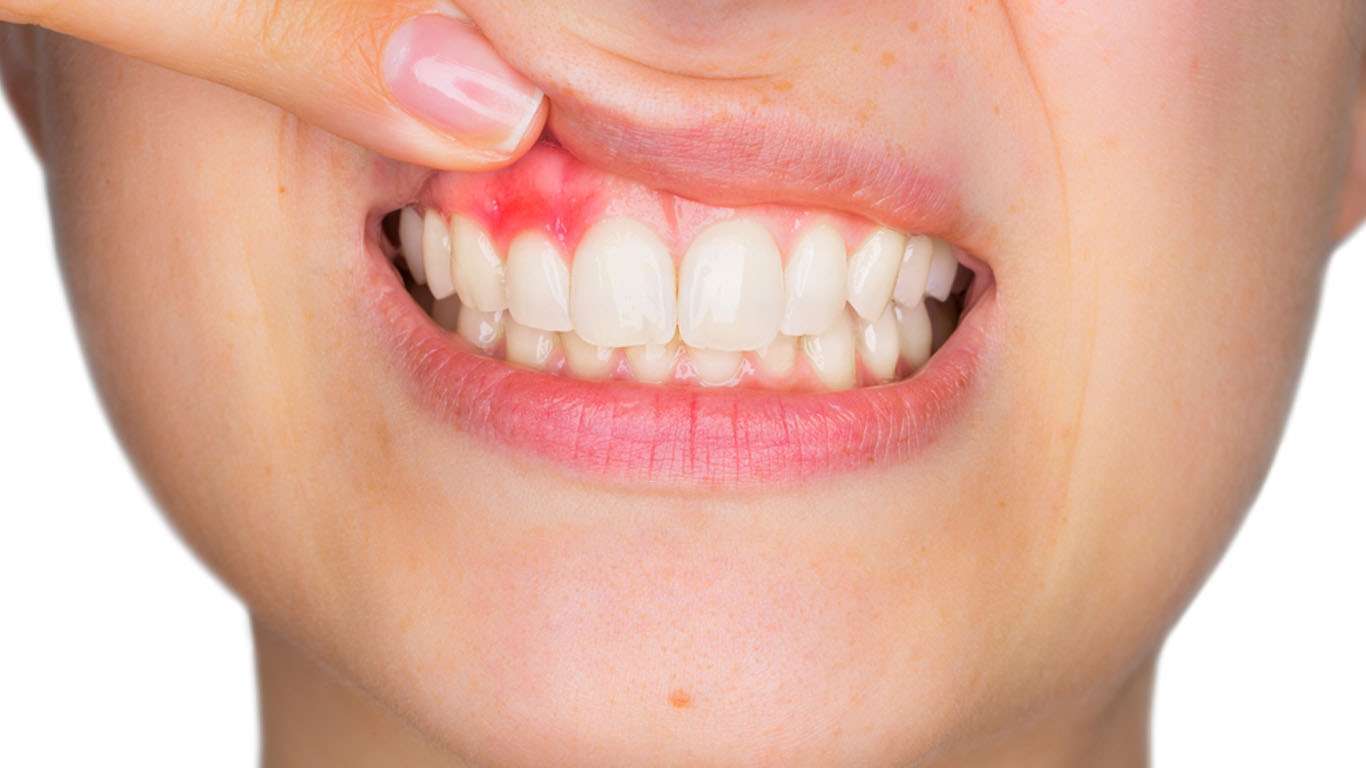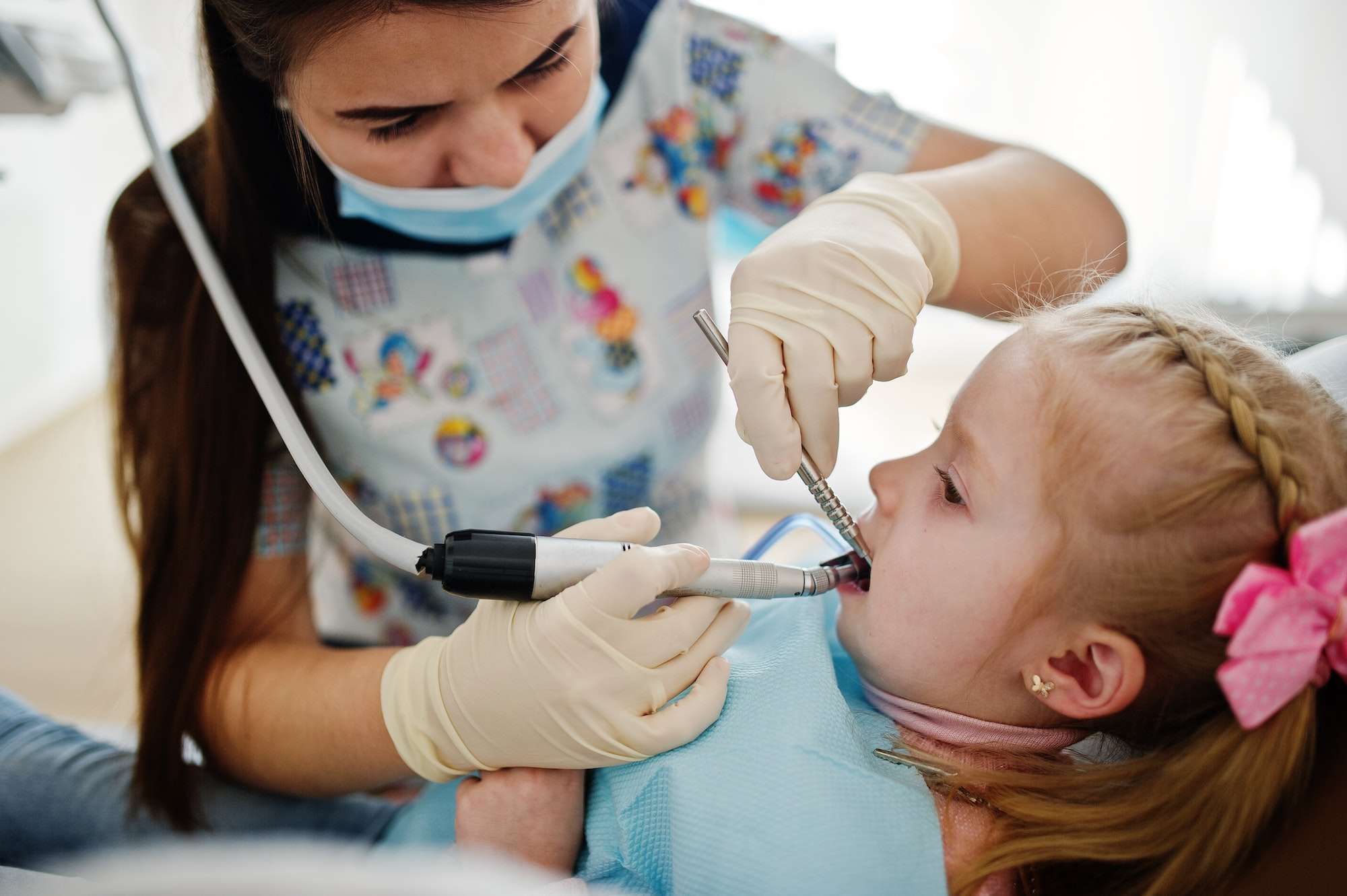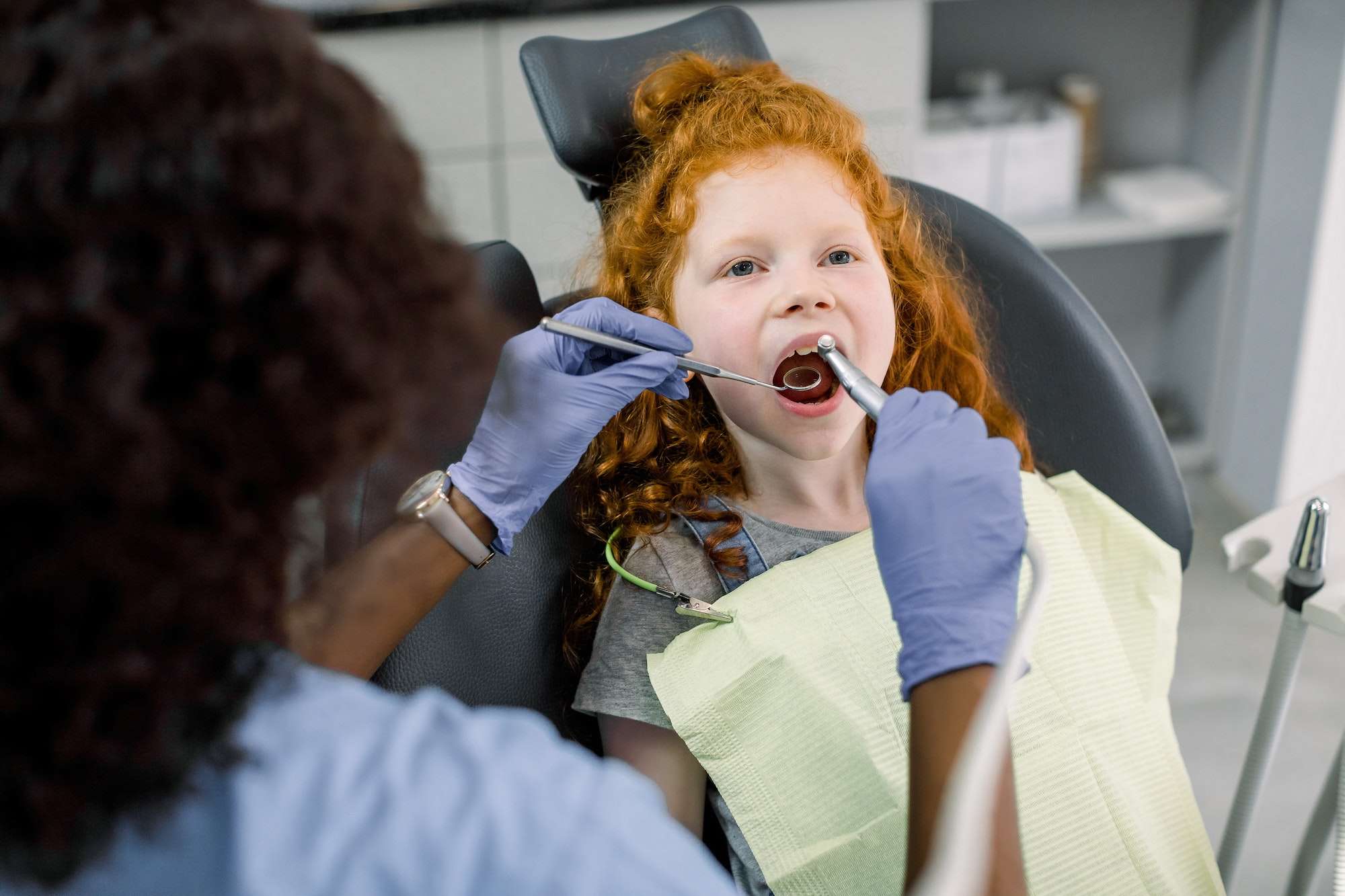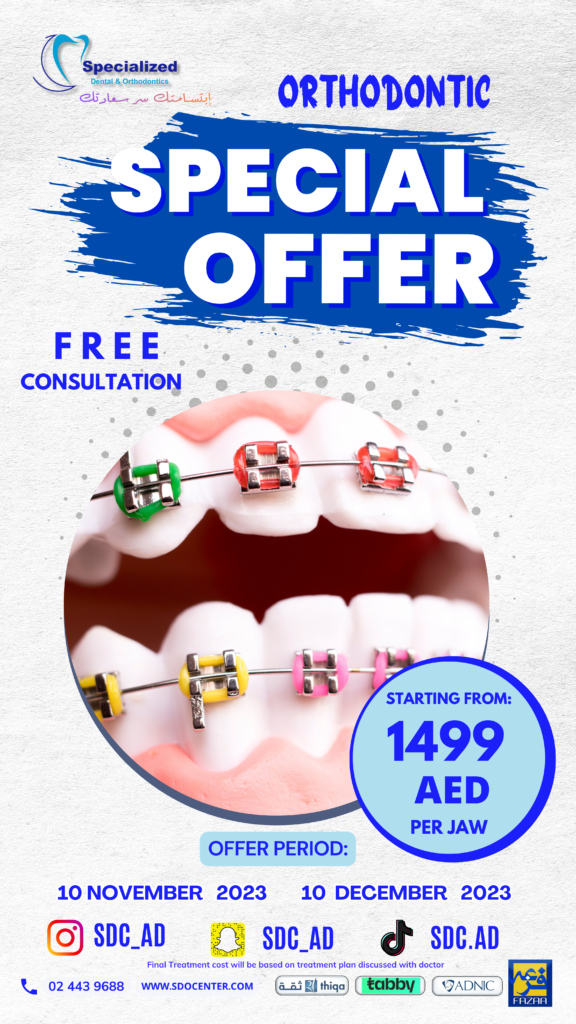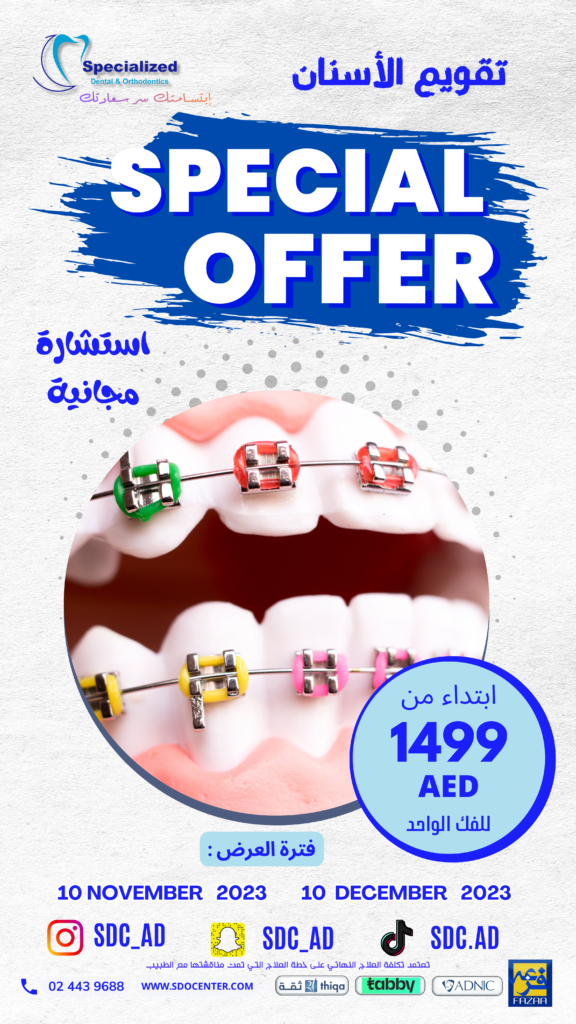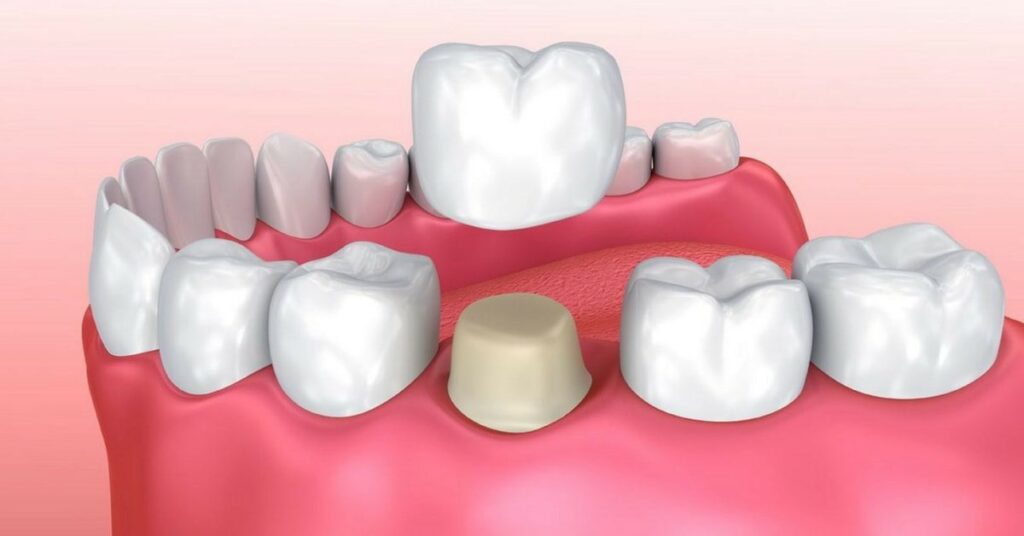
Causes of a Loose or Lost Tooth Crown
A loose or lost tooth crown can have various causes, and understanding these factors can help you prevent further damage and take appropriate action. The most common reasons for a loose or lost tooth crown include:
1. Tooth decay: Decay underneath the crown can weaken the tooth structure, causing the crown to become loose or fall off.
2. Trauma: A sudden impact to the mouth, such as a fall or accident, can dislodge a tooth crown.
3. Age and wear: Over time, the bond between the crown and the tooth can weaken, leading to a loose crown. Additionally, biting on hard foods or using your teeth as tools can accelerate this process.
It’s essential to note that a loose or lost tooth crown should always be treated as a dental emergency, as delaying treatment can result in further damage to your tooth or underlying tissues. If you suspect that your tooth crown is loose or has fallen off, it’s crucial to act quickly to minimize pain and prevent complications.
Is it an Emergency? Signs to Look Out For
Determining whether a loose or lost tooth crown is an emergency depends on several factors. While it’s always best to consult a dentist for a professional evaluation, certain signs indicate the need for immediate attention. Look out for the following:
1. Severe pain: If you experience intense pain around the tooth or gum area, it could be a sign of an underlying issue that requires prompt attention.
2. Bleeding: Excessive bleeding from the gums or the area where the crown was can indicate trauma or an infection.
3. Difficulty eating or speaking: If the loose or lost crown interferes with your ability to eat or speak properly, it’s essential to seek immediate dental care.
4. Exposed tooth structure: If you can see the underlying tooth structure, it’s vital to protect it from further damage and prevent sensitivity.
If you experience any of these signs, it’s crucial to take immediate steps to address the situation and alleviate discomfort. However, even if you don’t experience these signs, it’s still essential to seek dental care as soon as possible to prevent complications.
Immediate Steps to Take When a Tooth Crown Becomes Loose or Falls Off
When you find yourself dealing with a loose or lost tooth crown, it’s crucial to take immediate action to ensure the best outcome. Here are the steps to follow:
1. Remove the crown: If the crown is partially detached, gently remove it from your mouth to avoid swallowing or inhaling it.
2. Clean the crown: Rinse the crown with warm water to remove any debris or food particles. Be careful not to use any cleaning agents or brushes, as this can damage the crown.
3. Inspect the tooth: Examine the underlying tooth for any damage, decay, or sensitivity. If you notice any issues, make a note of them to discuss with your dentist.
4. Protect the tooth: If the crown is fully detached and you can’t see a dentist immediately, it’s essential to protect the exposed tooth structure. You can do this by applying a temporary dental cement or denture adhesive to hold the crown in place temporarily. However, be cautious not to use any household adhesives, as they can be harmful if ingested.
Remember, these steps are temporary measures until you can see a dentist. It’s crucial to schedule an appointment as soon as possible to ensure proper treatment and prevent further damage.
What to Do If You Can’t See a Dentist Right Away
In some situations, you may find yourself unable to see a dentist immediately after your tooth crown becomes loose or falls off. Whether you’re on vacation, it’s a weekend, or you simply can’t get an appointment right away, there are still steps you can take to manage the situation. Here’s what to do:
1. Manage pain and discomfort: Over-the-counter pain relievers such as ibuprofen or acetaminophen can help alleviate pain and reduce inflammation. Follow the recommended dosage and consult a pharmacist if necessary.
2. Avoid hot and cold foods: Sensitive tooth structure can be more susceptible to temperature changes, causing discomfort. Stick to lukewarm or room temperature foods and drinks until you can see a dentist.
3. Maintain oral hygiene: Continue to brush your teeth gently and floss carefully, taking care not to irritate the exposed tooth structure. Rinse with a mild saltwater solution to help reduce bacteria and promote healing.
4. Avoid sticky or hard foods: To prevent further damage or dislodging of the crown, avoid chewing on sticky or hard foods. Opt for softer options that are easier to chew until you can see a dentist.
While these measures can help manage the situation temporarily, it’s crucial to prioritize scheduling an appointment with your dentist as soon as possible. They will be able to assess the damage, provide appropriate treatment, and ensure the long-term health of your tooth.
Tips for Managing Pain and Discomfort
Dealing with a loose or lost tooth crown can be uncomfortable and painful. However, there are several tips you can follow to manage pain and discomfort until you can see a dentist. Try the following:
1. Over-the-counter pain relievers: As mentioned earlier, over-the-counter pain relievers such as ibuprofen or acetaminophen can help alleviate pain and reduce inflammation. Follow the recommended dosage and consult a healthcare professional if needed.
2. Cold compress: Applying a cold compress to the affected area can help numb the area and reduce swelling. Wrap ice or a cold pack in a thin cloth and apply it to your cheek for 15-20 minutes at a time.
3. Saltwater rinse: Rinse your mouth with a warm saltwater solution several times a day to help reduce bacteria and promote healing. Mix half a teaspoon of salt in eight ounces of warm water and swish it around your mouth for 30 seconds before spitting it out.
4. Topical numbing gels: Over-the-counter oral numbing gels can provide temporary relief by numbing the affected area. Apply a small amount directly to the area according to the product instructions.
Remember, these tips are temporary measures and should not replace professional dental care. It’s crucial to see a dentist for an evaluation and appropriate treatment to address the underlying issue.
How to Handle a Loose or Lost Tooth Crown at Home
In some cases, you may find yourself unable to see a dentist immediately and need to handle a loose or lost tooth crown at home. While these measures are temporary and should not replace professional dental care, they can help alleviate discomfort until you can see a dentist. Here’s what you can do:
1. Inspect the crown: Before attempting to reattach the crown, ensure that it’s intact and undamaged. If the crown is cracked or broken, it will need to be replaced by a dentist.
2. Clean the crown and tooth: Rinse both the crown and the underlying tooth with warm water to remove any debris or food particles. Gently brush the tooth to ensure it’s free of plaque or bacteria.
3. Temporary reattachment: Apply a small amount of dental adhesive or temporary dental cement to the inside of the crown. Carefully place the crown back onto the tooth, applying gentle pressure to ensure proper adhesion.
4. Bite down gently: Bite down gently on a piece of clean cloth or gauze to hold the crown in place while the adhesive sets. Avoid chewing on the crown or applying excessive force.
It’s essential to note that these measures are temporary and should not replace professional dental care. It’s crucial to schedule an appointment with your dentist to assess the situation and provide appropriate treatment.
Common Mistakes to Avoid When Dealing with a Loose or Lost Tooth Crown
When faced with a loose or lost tooth crown, it’s essential to avoid certain common mistakes that can worsen the situation or cause further damage. Here are some pitfalls to avoid:
1. Ignoring the issue: Ignoring a loose or lost tooth crown can lead to further damage, pain, and potential infection. It’s crucial to address the situation promptly to prevent complications.
2. Using household adhesives: While it may be tempting to use household adhesives to reattach the crown, it’s important to avoid them. Household adhesives are not designed for oral use and can be harmful if ingested.
3. Delaying dental care: Even if you manage to temporarily reattach the crown or alleviate pain, it’s crucial to schedule an appointment with your dentist. They will be able to assess the damage, address the underlying issue, and provide appropriate treatment.
4. Neglecting oral hygiene: It’s important to continue practicing good oral hygiene, even with a loose or lost tooth crown. Brush your teeth gently, floss carefully, and rinse with a mild saltwater solution to reduce bacteria and promote healing.
By avoiding these common mistakes, you can ensure that you’re taking the necessary steps to address a loose or lost tooth crown properly.
When to Seek Professional Help for a Loose or Lost Tooth Crown
While there are temporary measures you can take to manage a loose or lost tooth crown, it’s essential to seek professional help as soon as possible. Your dentist will be able to assess the situation, provide appropriate treatment, and ensure the long-term health of your tooth. Here are situations where professional help is necessary:
1. Severe pain: If you’re experiencing severe pain that over-the-counter pain relievers cannot alleviate, it’s crucial to see a dentist.
2. Excessive bleeding: If the area where the crown was or the surrounding gums is bleeding excessively, it may indicate trauma or an infection that requires immediate attention.
3. Difficulty eating or speaking: If the loose or lost tooth crown interferes with your ability to eat or speak properly, it’s important to seek dental care promptly.
4. Exposed tooth structure: If you can see the underlying tooth structure or if the tooth is sensitive to temperature changes, it’s essential to see a dentist to prevent further damage or infection.
Remember, a loose or lost tooth crown should always be treated as a dental emergency. Seek professional help to ensure proper treatment and prevent complications.
Preventive Measures to Avoid Loose or Lost Tooth Crowns
While dental emergencies such as loose or lost tooth crowns can happen unexpectedly, there are preventive measures you can take to minimize the risk. By following these steps, you can keep your tooth crowns secure and reduce the likelihood of experiencing a dental emergency:
1. Practice good oral hygiene: Brush your teeth at least twice a day, floss daily, and rinse with an antimicrobial mouthwash. Regular oral care helps prevent decay and gum disease, which can weaken tooth structure and lead to loose or lost tooth crowns.
2. Avoid chewing on hard objects: Using your teeth as tools or biting on hard objects, such as ice or pens, can damage your tooth crowns. opt for using appropriate tools and avoid habits that put unnecessary stress on your teeth.
3. Attend regular dental check-ups: Regular dental visits allow your dentist to monitor the health of your teeth and address any issues before they become emergencies. They can also check the integrity of your tooth crowns and make any necessary adjustments or replacements.
4. Wear a mouthguard: If you participate in contact sports or grind your teeth at night, wearing a mouthguard can protect your teeth and prevent damage to your tooth crowns.
By following these preventive measures, you can significantly reduce the risk of experiencing a loose or lost tooth crown and maintain the longevity of your dental restorations.
Dealing with a loose or lost tooth crown can be a stressful experience, but by following the steps outlined in this article, you’ll be well-equipped to handle this dental emergency with confidence. From understanding the causes of a loose or lost tooth crown to knowing what actions to take to minimize pain and prevent further damage, you now have the knowledge to navigate this situation until you can reach a dentist. Remember, a loose or lost tooth crown should always be treated as a dental emergency, and it’s crucial to seek professional help as soon as possible. By taking preventive measures and practicing good oral hygiene, you can minimize the risk of experiencing a loose or lost tooth crown and maintain a healthy smile for years to come. Don’t let a dental mishap ruin your day – take charge of the situation and handle it like a pro.
